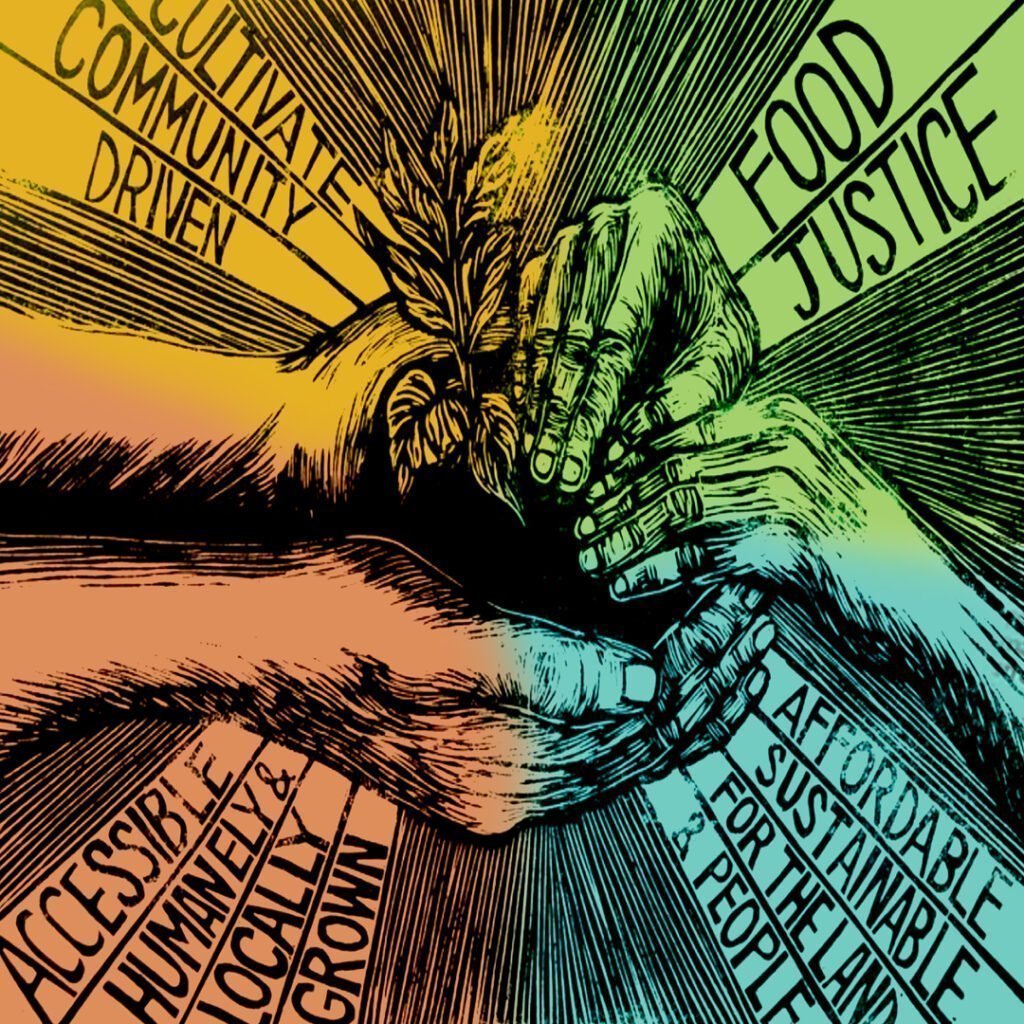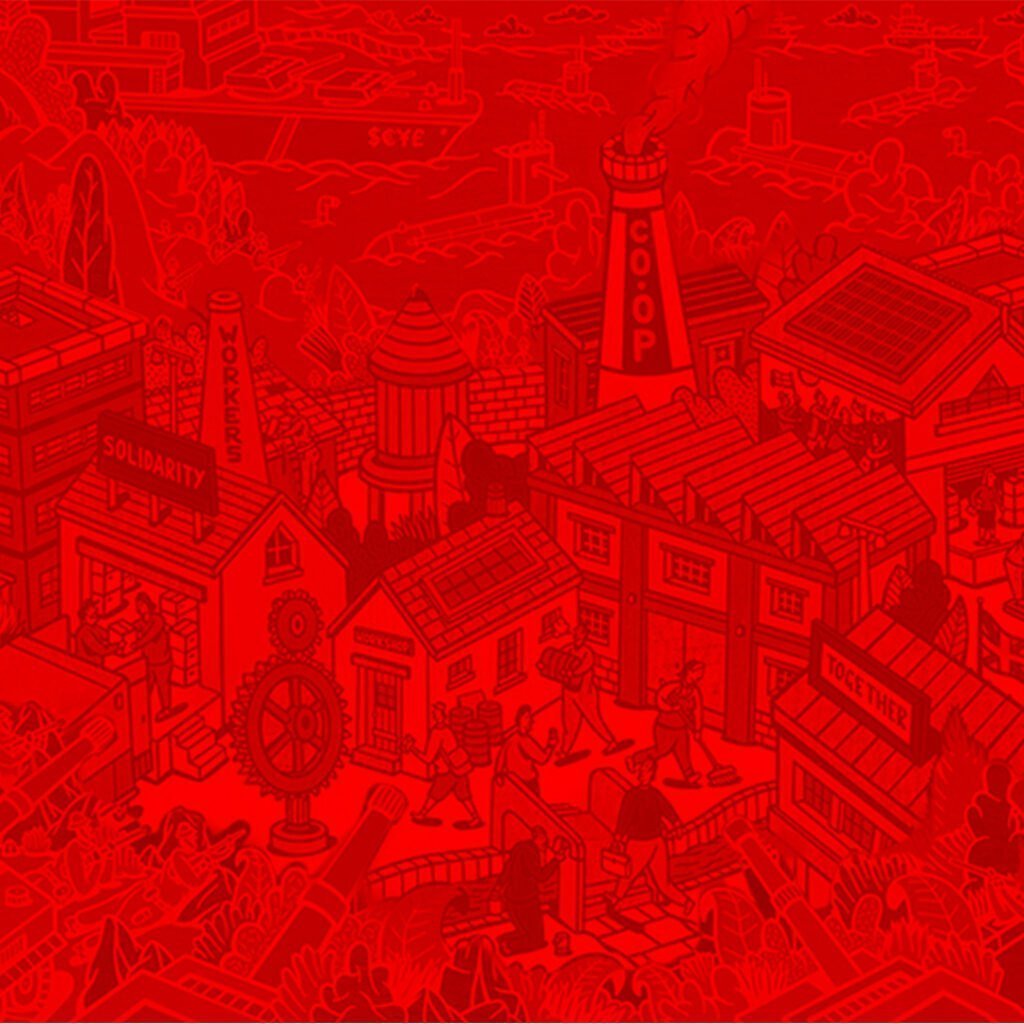Haymakers When Banging on the System
Photo of Claressa Shields, a Black Champion
This article aims to help us make sense of recent economic and societal upheavals and provide some motivation for moving forward. This article tries to shed light on the future of the economy and society by briefly revisiting historical and current trends. Individuals and institutions may use this information to better anticipate and respond to upcoming changes.
The Black Wealth
The decades after the civil war saw Black Americans slowly gain more economic and political power in some parts of the country. Some people bought land, started businesses, and built schools. But in many places where Black Americans succeeded, white Americans sought to destroy that success. While some of the stories may have been erased from history’s records and textbooks, survivors and their descendants are shedding light on the violent events that occurred in their communities and exposing the lingering social and economic damage caused by some of America’s worst racial violence. These events, known as “racial massacres” (Black Past) occurred in places like Oklahoma , Louisiana, North Carolina, Atlanta , and many more, where white mobs destroyed thriving Black neighborhoods and businesses.
Even now, these violent acts continue to have an impact on the lives of many Black Americans, leaving their communities less prosperous economically (McKay) and socially than they should be (Inequality Org). The effects of these racial massacres are not limited to the physical destruction of Black communities but also include the psychological trauma and intergenerational poverty that have persisted for decades. It is important to acknowledge and address this painful history in order to move towards a more just and equitable society for all. Furthermore, the lack of accountability and justice for these acts of violence has perpetuated a culture of impunity and further marginalized communities of color. It is crucial to not only remember and learn from these atrocities but also to actively work towards reparations and systemic change to address the ongoing effects of racism and discrimination. (Greenwood)
Generational Wealth
When people talk about generational wealth, they usually mean valuable items passed down from one generation to the next. These assets may include cash, real estate, art, investments, and even stakes in family businesses. However, that’s not how things usually work out. As a result, it is believed that the second generation loses 70% and the third generation 90% of the inherited wealth. (PINO) Most parents who started out at the bottom would prefer that their children not have to go through what they did. The challenge, however, is finding that sweet spot. Having wealth that can be passed down through generations requires more than just money.
It also means teaching the younger generations to be financially responsible and to have a strong work ethic so that the wealth can continue to grow and be managed well. If the family works to make the community strong, they can leave behind more than just material things. (Luna and Jones) Lifting up credit unions, worker cooperatives, mutual aid, and other forms of the solidarity economy can give people of color, black communities, and those who find themselves on the margins of society a huge boost. Families can leave a lasting mark on their communities and help make the world a more fair place for future generations by investing in these community-building projects. This approach to wealth building goes beyond individual gain and focuses on creating systemic change that benefits everyone. (NEC)
A Solidarity Economy
The time has come to boost minority groups’ financial standing. Despite rising incomes, the wealth of majority-Black communities has not improved. The current rate of currency circulation must be increased. Let me be clear, though: this is not an argument for Black capitalism. A black capitalist utopia doesn’t exist (Baradaran). It has no positive effects on either economic growth or equality. Instead, a solidarity economy should be provoked. Local currencies, land trusts, community gardens, fair trade, and various types of cooperatives are all examples of the types of ethical and cooperative economic practices that are most commonly associated with the term “solidarity economy” (SE). (NEC)
SE practices and values like cooperation, sustainability, justice, interdependence, and autonomy make it possible to see things in a more revolutionary way. (Loh and Shear) By promoting a solidarity economy, communities can create a more equitable and sustainable economic system that benefits everyone. This approach puts the well-being of people and the planet ahead of making money and getting ahead for oneself. SE is not only a response to the failures of the traditional capitalist system but also a way to create alternatives that prioritize social and environmental impact. (Allimadi et al.) It wants to give power to communities that don’t have much, and it wants to challenge dominant economic structures that keep inequality and environmental damage going.
🌟 Support the artists we showcase and discover new music 🌟
The Circulation
When thinking about a solidarity economy, it is important to consider the bottom line: affordable and free. This means that the focus should be on creating a sustainable system that is accessible to everyone, regardless of their financial situation. Prioritizing low prices and easy access forces the community to think about how to do business on a larger scale without sacrificing quality. This is the reality if you want to swim, dig, or fly away from capitalism. The same power that individuals are receiving is now given to districts of communities, flipping crime, culture, and life on its head. The changes that we’ve been so desperately looking for in individuals reside in the whole of the group. I would donate $100 if I knew that the mutual aid organization shopped at a cooperative food market that was restocked by a community garden that is maintained and expanded by community land trusts that donate to the mutual aid.
When we consider food drives in the context of mutual aid, we are left wondering: how do we feed hundreds of hungry people without breaking the bank? The answer is always “community.” Instead of having to fend for themselves, people are able to contribute to the whole through their skill, knowledge, expression, and capital, thus benefiting from the environment instead of the “hamster wheel” that is slave-wage and classism. By creating a circulation of resources within the community, we can ensure that everyone’s needs are met. This not only provides food security but also fosters a sense of solidarity and interconnectedness among community members. (Greenwood)
This is known as circulation. (Econlib)
CITATION
CONTRIBUTORS
“A community that populates solidarity is a community that is protected, not policed.”





